-
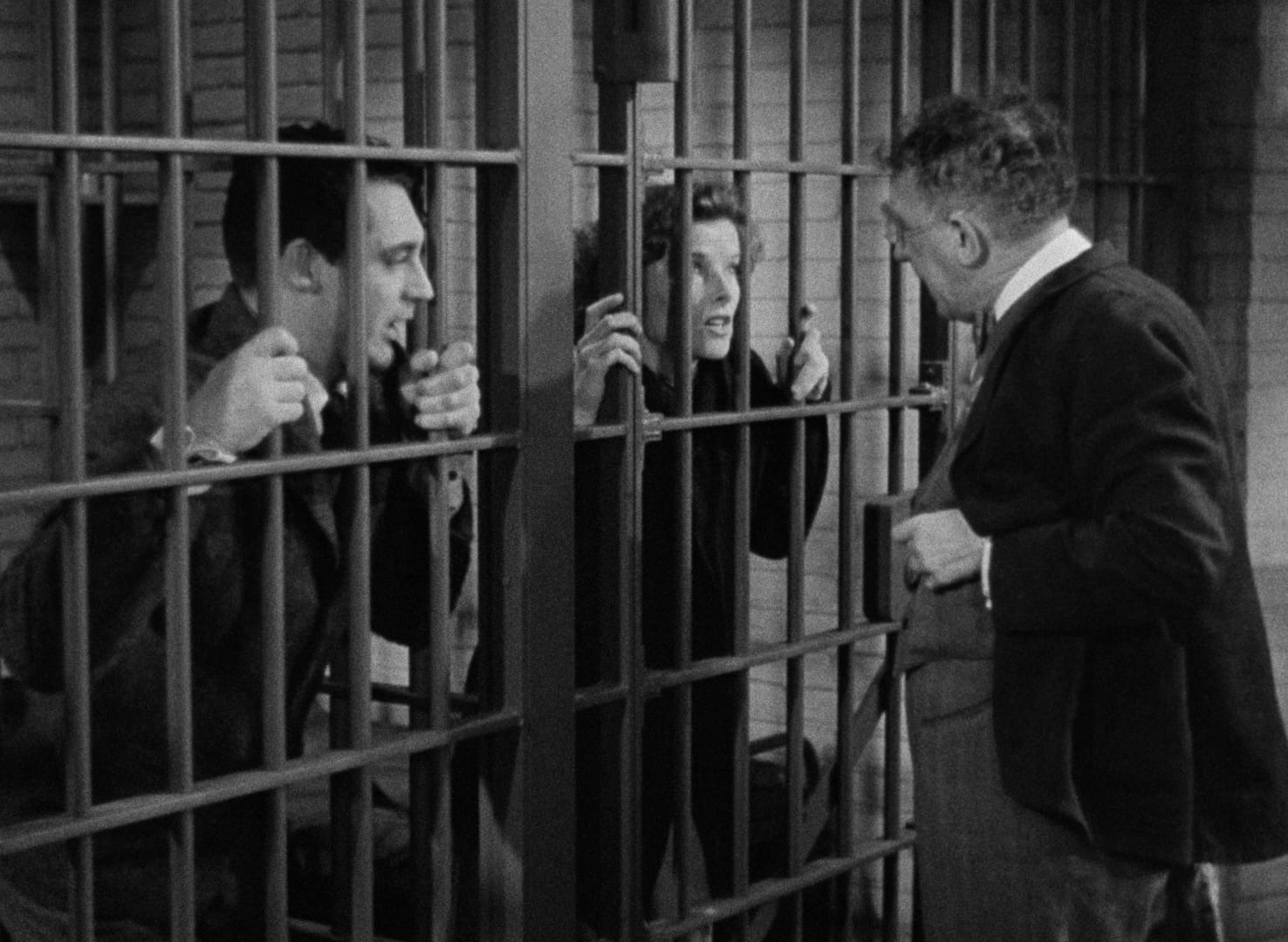
Bringing Up Baby (1938)
The eccentric, madcap energy of Bringing Up Baby isn’t atypical of 1930s screwball comedies, but Howard Hawks reaches near-perfection in his orchestration of sexual innuendos, animalistic subtext, and an amusingly tense dynamic between polar opposites finding an unlikely romance as reluctant caretakers of a leopard.
-
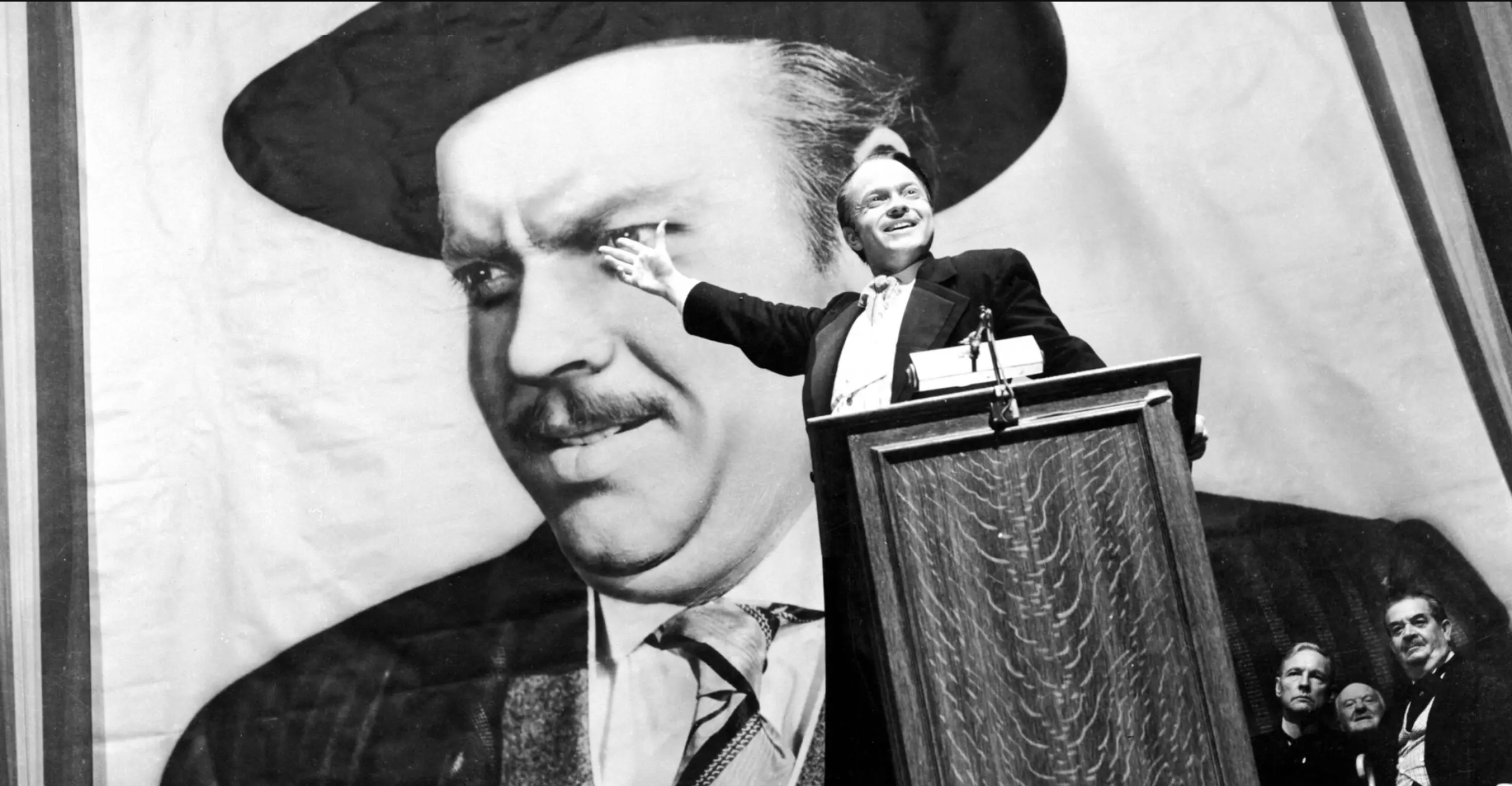
The Best Films of the 1940s Decade
The greatest films of the 1940s, from Italian neorealism to the birth of film noirs.
-
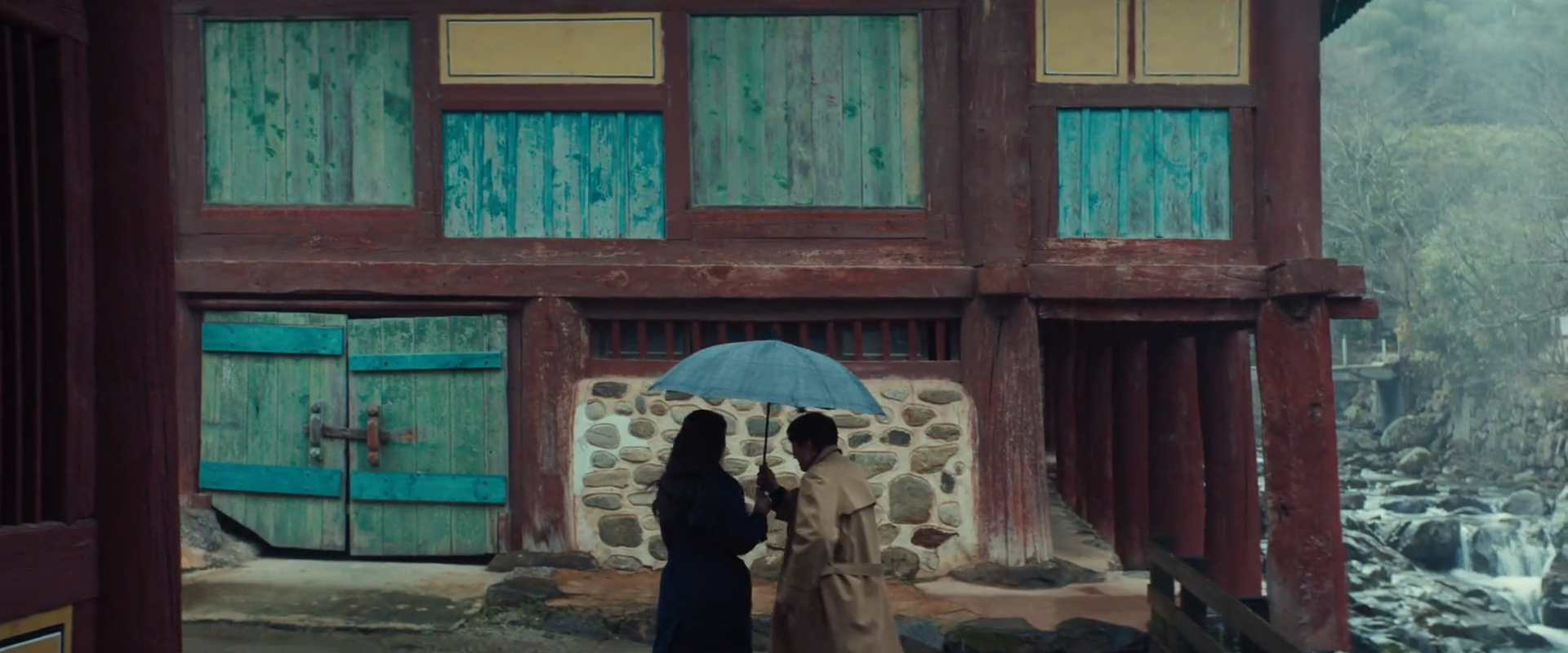
Decision to Leave (2022)
Soaring mountaintops and deep oceans become fitting metaphors for the dangerous longing between detective and suspect in Decision to Leave, as Park Chan-wook follows this obsession with a keen, stylistic precision and melancholic ambiguity that threatens to topple both in their pursuit of love.
-
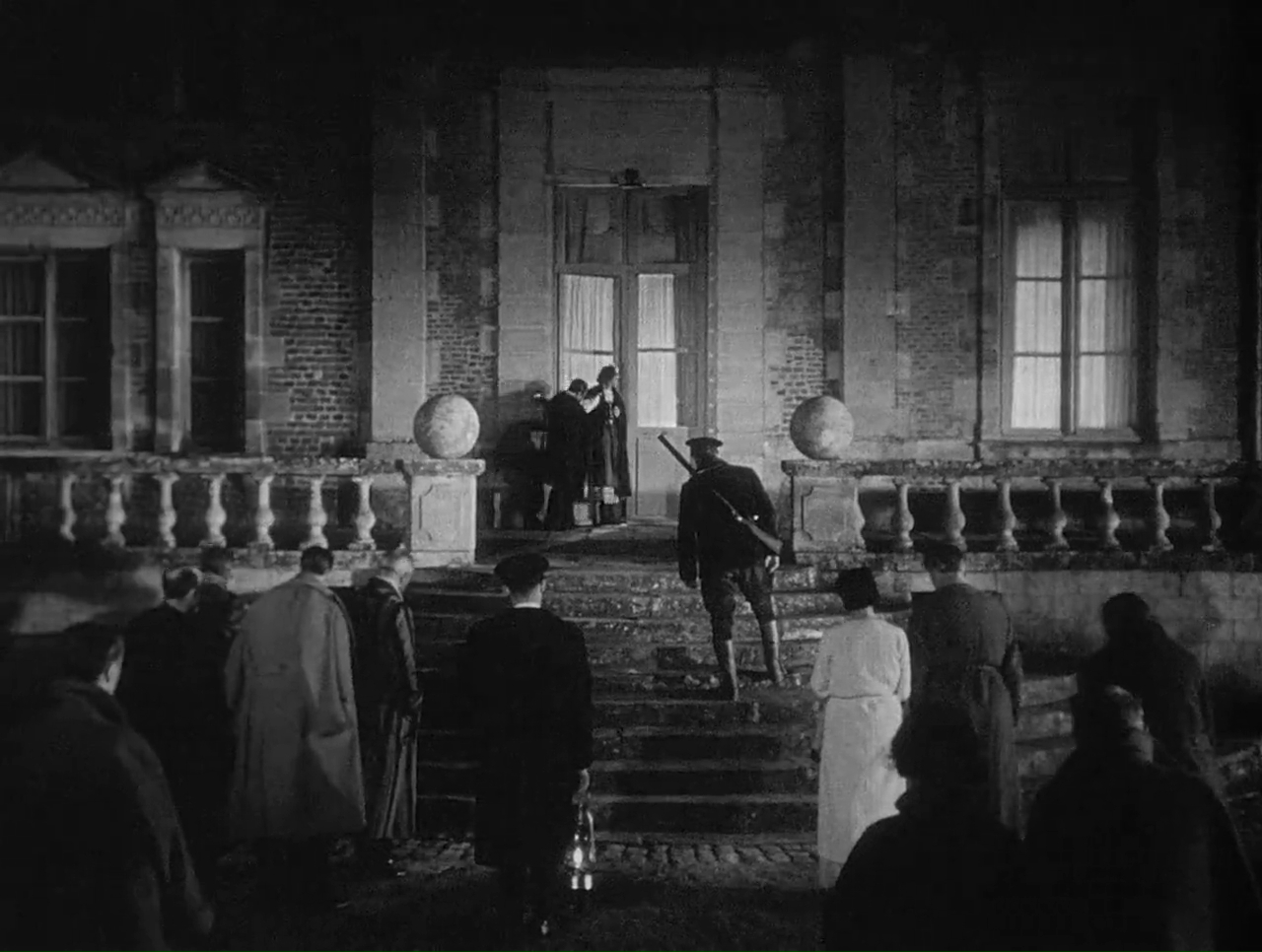
The Best Films of the 1930s Decade
The greatest films of the 1930s, from France’s poetic realism to the rise of Technicolor and talkies.
-
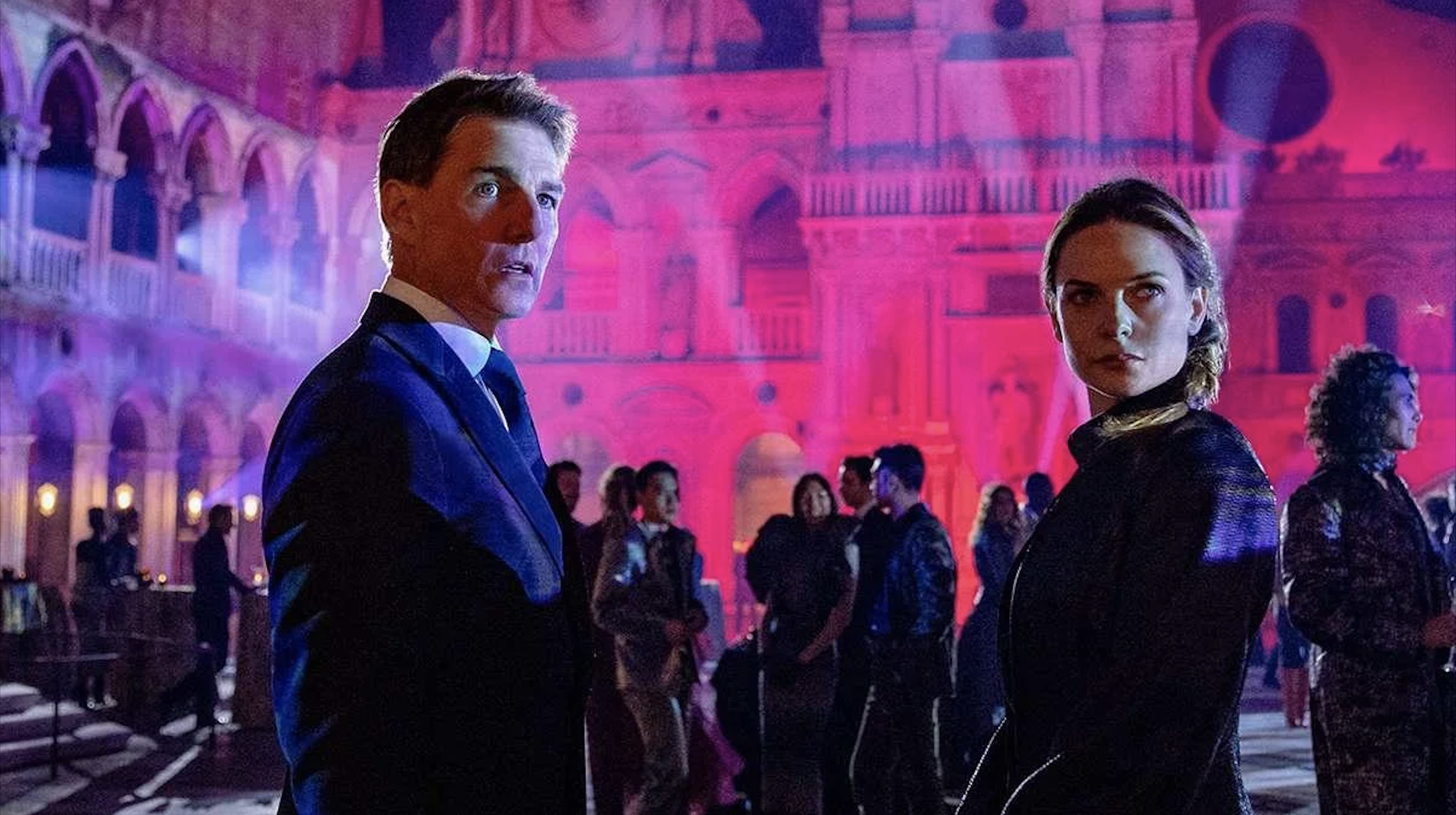
Mission: Impossible – Dead Reckoning (2023)
Mission: Impossible – Dead Reckoning Part 1 proves there is still life to be found in Tom Cruise’s perilous undertakings seven films deep into the franchise, creatively playing on renewed fears of an artificial intelligence takeover with its intangible villain, and setting the stage for a series of thrillingly practical set pieces.
-
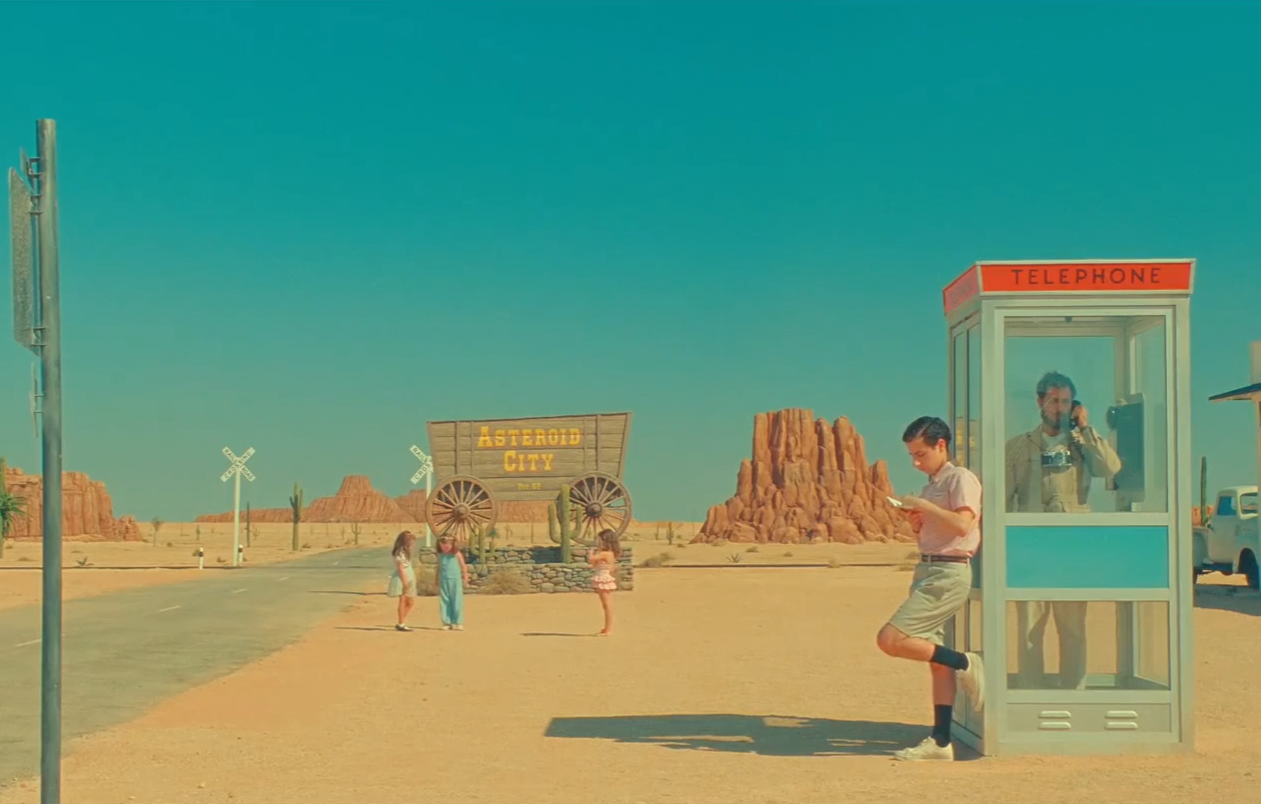
Asteroid City (2023)
In Asteroid City’s grand metaphor for life, everyone is performing roles that they may not fully understand, yet through the metatextual union of art and reality Wes Anderson reverberates a sweet, formal harmony across a youth astronomy convention visited by aliens, and the backstage drama of the play it exists within.
-
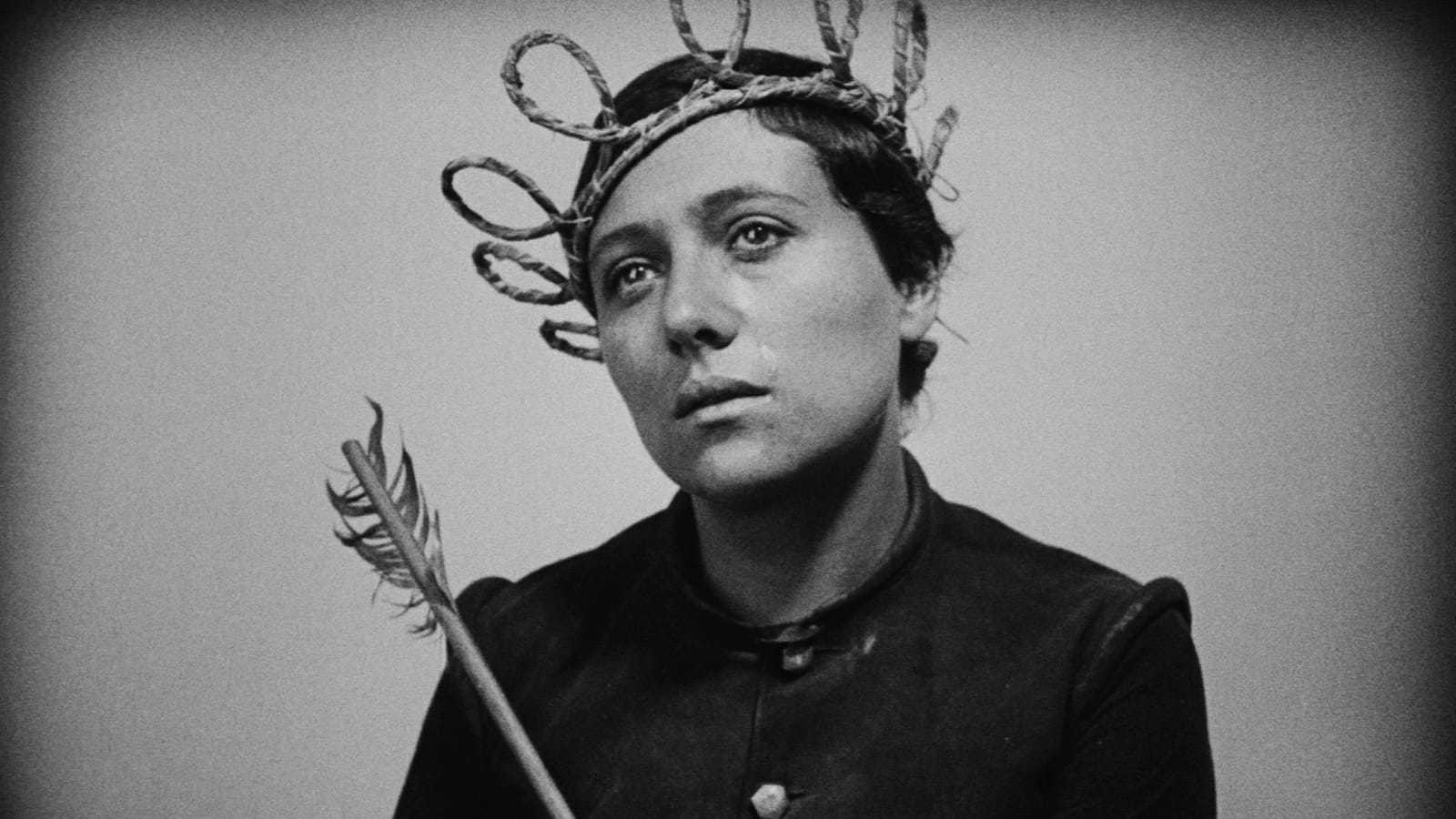
The Best Films of the 1910s & 1920s Decades
The greatest films of cinema’s early years, from German Expressionism to Hollywood’s silent comedies.
-
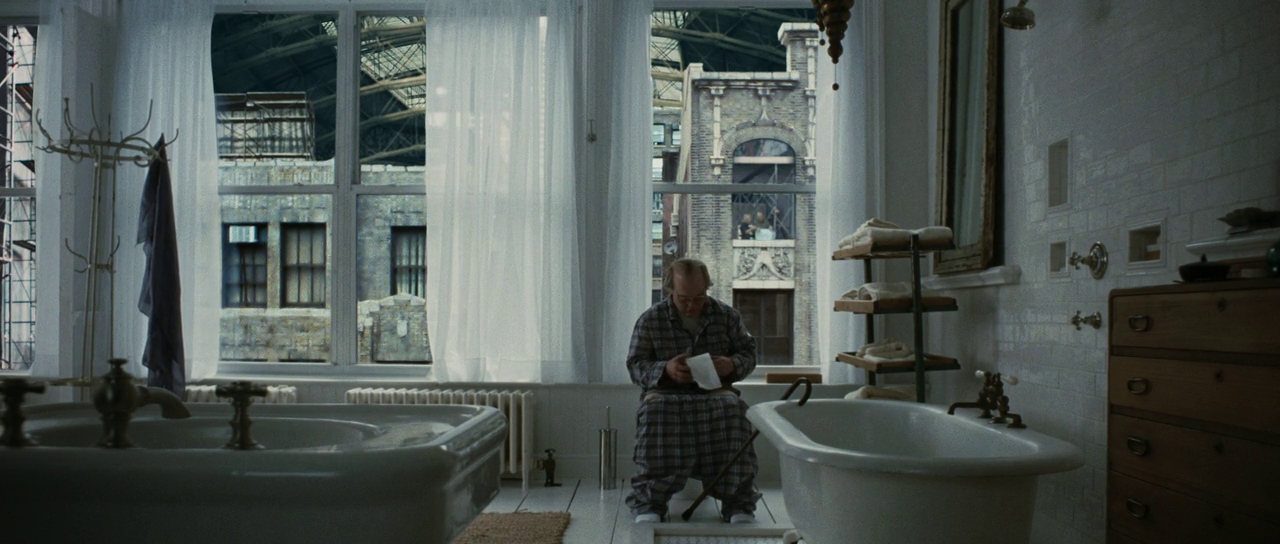
Synecdoche, New York (2008)
The formal ambition on display in Synecdoche, New York’s existential, postmodern allegory is equal parts staggering and confounding, transporting us into an absurdist meta-reality that gradually reveals the narcissistic insanity of Charlie Kaufman’s self-obsessed theatre director, and his exponentially sprawling vision of bloated artistic ego.
-
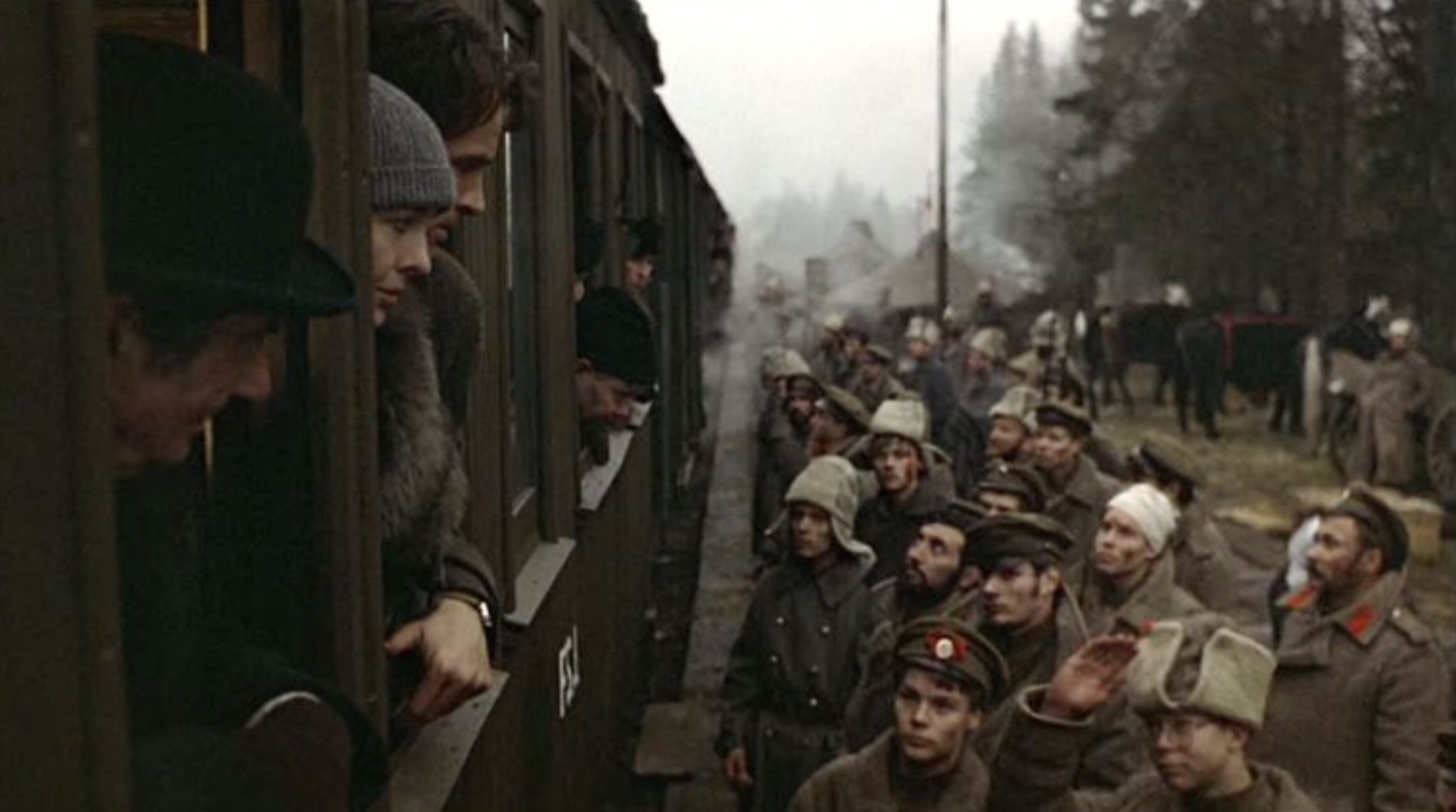
Reds (1981)
As Warren Beatty plays out an epic recount of 1910s American communism’s rise and fall, he also finds its living embodiment in bright-eyed journalist John Reed, passionately promising a hopeful future of equality doomed to live on only in the wistful memories of Reds’ aged interview subjects and their wistful firsthand accounts.
-
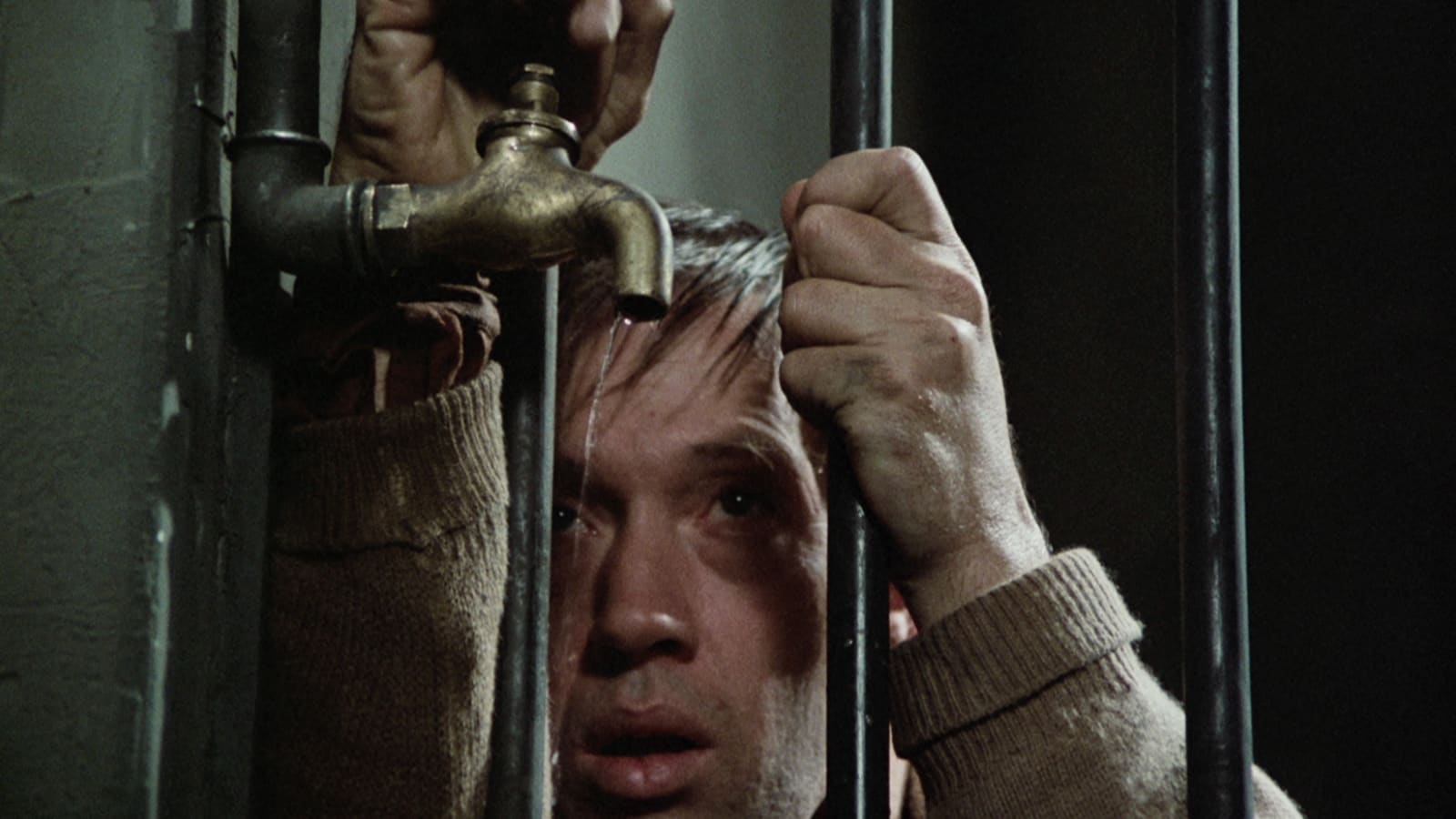
The Serpent’s Egg (1977)
Even as The Serpent’s Egg marks a strange departure from Ingmar Bergman’s usual screenwriting strengths, the bleak tension he builds in his 1920s Berlin setting can’t be denied, witnessing the birth of fascism amid dystopian landscapes of fear, starvation, and corruption.
-
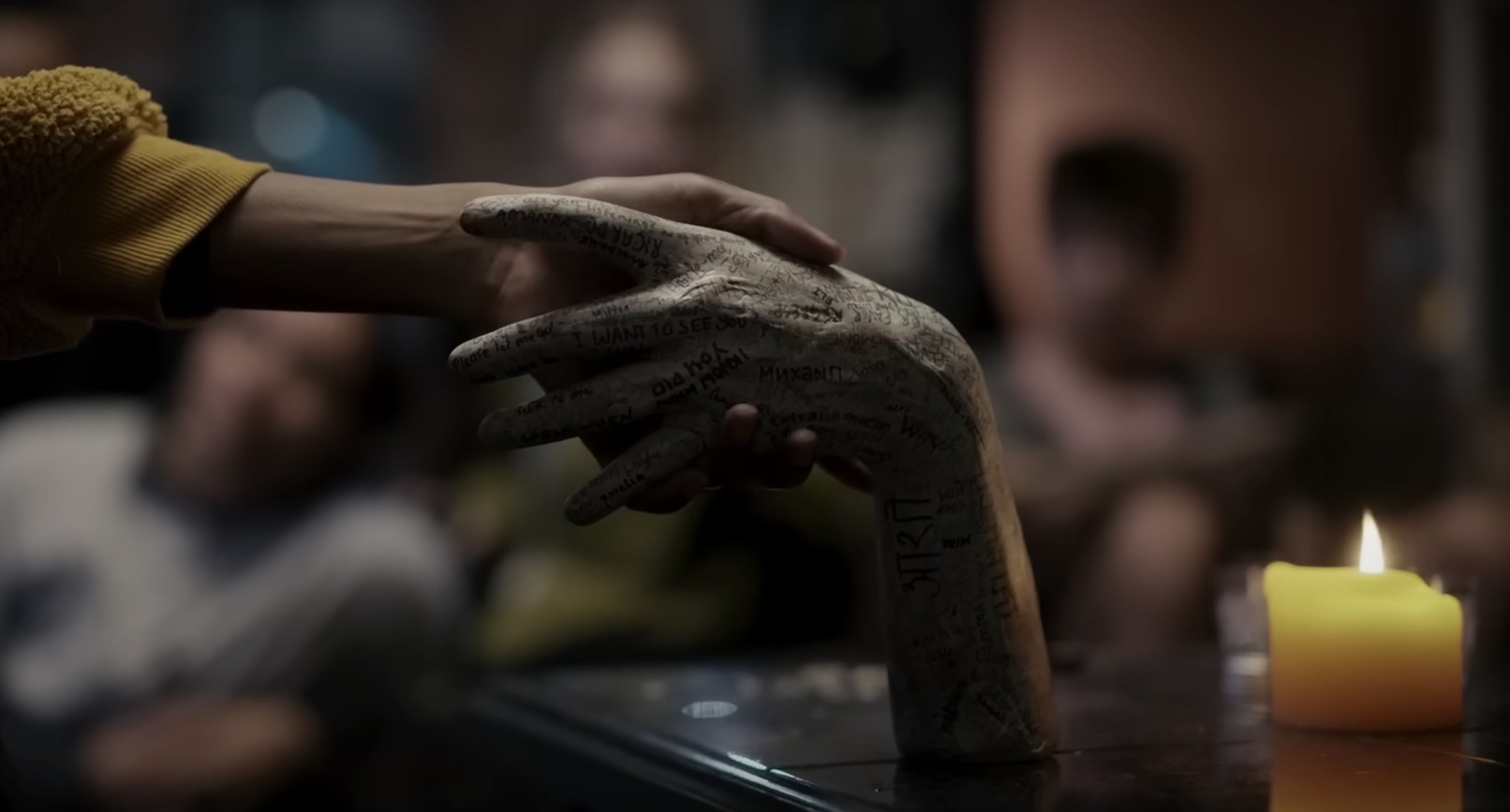
Talk to Me (2022)
The mysterious, embalmed hand that invites deceased spirits into the minds of teenagers makes for a dangerous party drug in Talk to Me, as well as a terrifying metaphor that the Philippou brothers tease out with an uneasy subjectivity, haunting those who can’t seem to tear themselves away from its supernatural intoxication.
-
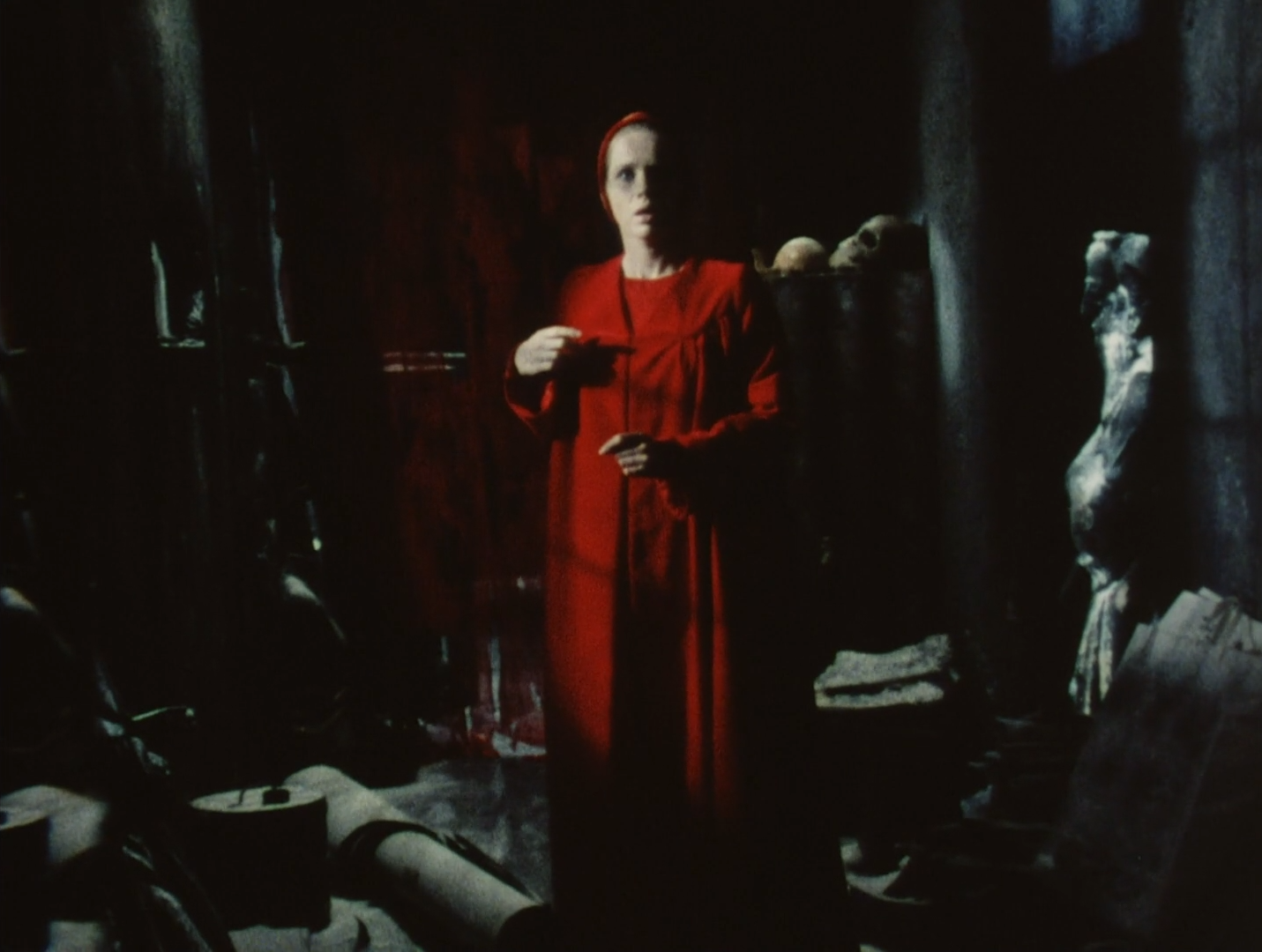
Face to Face (1976)
Even by Ingmar Bergman’s standards, Dr Jenny Isaksson’s characterisation is layered with immense psychological depth in Face to Face, treading a fine line between realism and surrealism as her childhood traumas, insecurities, and mortal fear of death chaotically rise to the surface after years of emotional repression.

